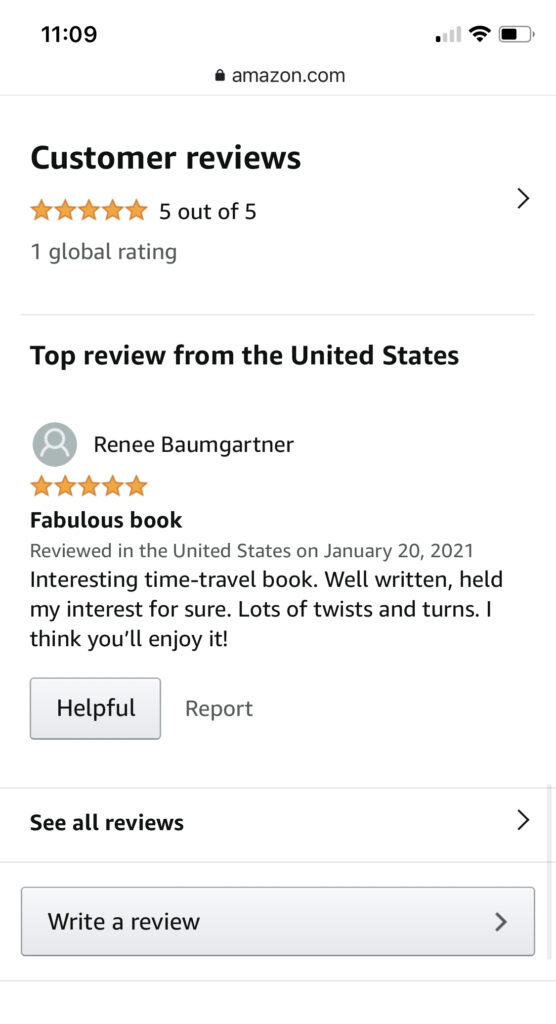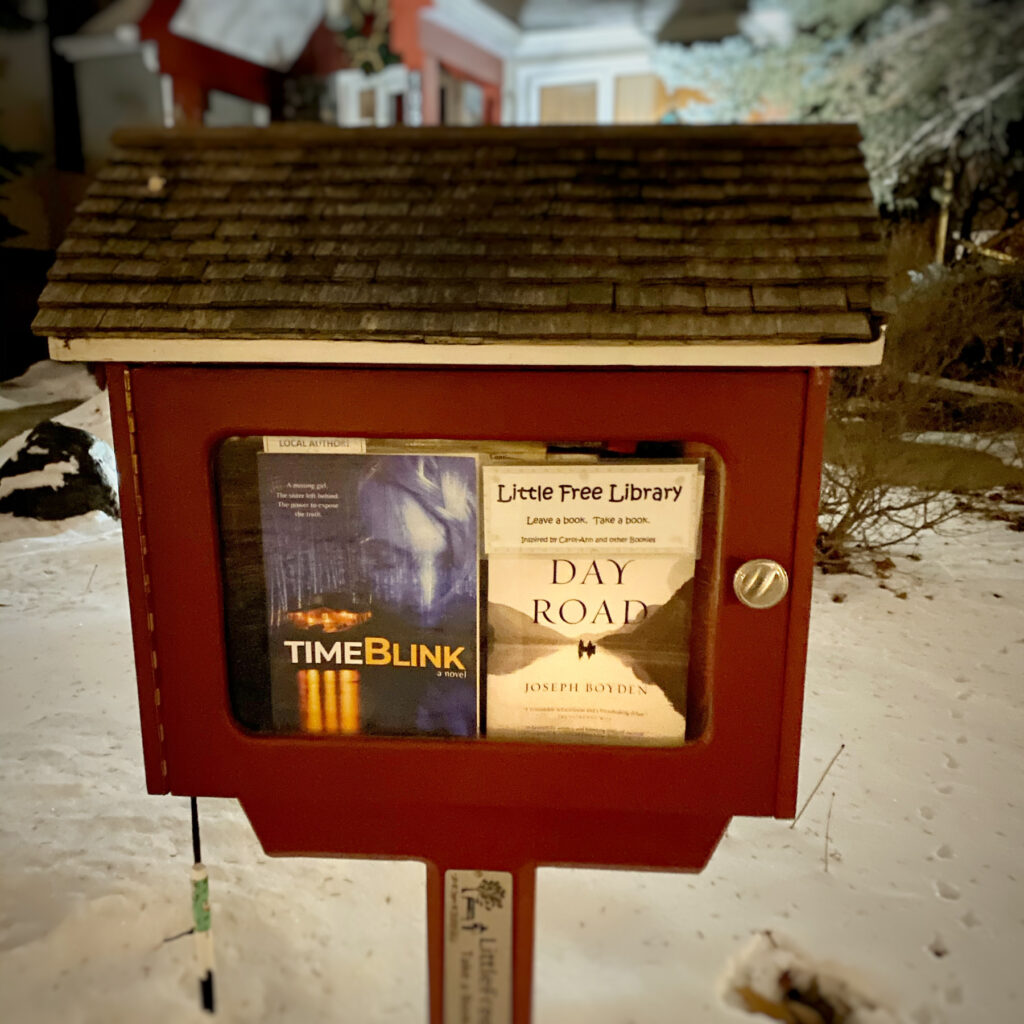There’s no denying it. Reviews help sell products.
Think about it. You want to go on a trip, maybe to somewhere you’ve never visited before. Back when we took traveling for granted, which seems like years ago rather than months, we would simply jump online and research the accommodations in the area we wanted to visit. Maybe we’d take it a step further and check out the dining and maybe the attractions our destination had to offer.
We would scroll down to the Reviews section to see what others had to say about their experience at these places, and on that, we would decide where to spend our hard-earned cash. There it was for us, in black and white, proof that 93 out of 100 reviewers would recommend this place to a friend, or at least to other travellers.
A few months later at the airport bookshop, the same ritual would unfold as you perused the tables of the latest bestsellers. This is where you’d get the first glimpse of your next cherished book. Some talented cover designer had done their job in eliciting a feeling inside you, in grabbing your interest. They’d given you a reason to proceed to the next step: picking up that book and reading the blurb on the back. You find the story is just up your alley. A cast of intriguing characters promises to take you on a thought-provoking journey or a thrill ride to another universe or give you a peek inside a serial killer’s brain.

But it’s still not enough to clinch the deal.
You need definitive proof that this book is THE one that deserves your attention. The one that will accompany you on the five-hour flight or on the beach. Even after reading the thirteen endorsements from best-selling authors inside the book jacket, it’s still not enough. You want to know what people just like you thought about it. Regular folk who have given their honest, unbiased opinions on whatever book site you rely on for honest, unbiased opinions. So, you pull out your phone with the speed of a gunman at a showdown and finally get the all-important social proof you were looking for: most readers concurred it was a “thrilling page-turner” they couldn’t put down.
Reading between the lines.
Have a good look at the reviews accompanying any book, traditionally published or indie, and you’ll notice that some of them will include a disclaimer, something along the lines of “I was given a free copy of this book in exchange for an honest review.” They’re called ARC (Advance Reader Copy) readers. The publisher or indie author will have assembled a group of ARC readers (ideally before launch day) with the hope of garnering some reviews, either on Amazon or a book discovery site like Goodreads or BookBub.
But for a new writer like me, this presents a challenge. The only people who have read my book at this point are people I know, and Amazon doesn’t look favorably on stacked reviews. And for good reason. My siblings, cousins and besties aren’t likely to plaster a two-star review all over the Internet unless it’s to get back at me for accidentally killing their cat four years ago.
So, what’s a beginning author to do?
The short answer: nothing.
Doing exactly that, I was happy to find my very first bona fide, unsolicited review on Amazon from a total stranger a few days ago! So exciting!

The long answer: Get creative in my quest for reviews, which doesn’t include paying for them, by the way. Fellow authors have suggested using book review services like BookSirens, Booksprout, and Hidden Gems, which aren’t considered paid reviews even though there is a small submission fee for most of them.
Since I was already a member of Reedsy (a platform for uniting self-published authors with industry professionals), I decided to try their Reedsy Discovery service, which gives authors exposure not only to potential readers but also to reviewers. If a reviewer chooses your book, they have a set amount of time to read it and submit a review. For me, it was worth the risk, even with their forewarning that not every book will be chosen for review. Fortunately, I received a quality review ten days after submitting my book. Once the review goes live on the Reedsy site in mid-February I have been encouraged to use it wherever I want, including my author website and on my Amazon book description.
It’s a start, but I’m laying other groundwork too.
This means building my social media presence and engaging with people as genuinely as possible, but it’s a tricky line to walk. How many times can you talk about your book without sending your friends scrambling for the “unfollow” button? I’ve found Instagram to be a fantastic platform for connecting with other authors, would-be readers, and bookstagrammers in a transparent way; there is little doubt what kind of content they can expect from mjmumfordwrites. I also have an author page on Facebook, but it’s still an enigma to me. It’s not as fun to use as Instagram but is on my to-learn list in the next couple of months.
One other not-so-subtle way I’ve attempted to spread the word that has actually resulted in a few sales (and hopefully reviews down the road!) is through my Words with Friends community. I kid you not! I’ve been playing this game with other word-nerds for years and have developed some good connections with people there. Recently I decided to use my book cover as a profile pic, and people are coming out of the woodwork to ask if I’d written it, and in turn, where they can buy it. Little by little. Step by step.

I’ve also dropped a signed copy of TimeBlink into a Little Free Library in my neighborhood. Walking by it a few days later, my book wasn’t there anymore, so somebody was interested enough to take it home with them. With any luck, they’ll return it when they’re done and maybe even feel compelled to write a review afterward.

And finally, a project I will eventually embark on is reaching out to book bloggers to review my novel. A fair amount of research and careful planning is necessary to do this properly, not the least of which is finding bloggers who a) read your genre, b) are reputable, and c) have time to read your book. The most influential book bloggers have massive backlogs, so you have to be willing to wait if you’re not rejected altogether. Still, I think it would be a worthwhile endeavor to give it a whirl once I have my second book ready to go.
All this being said…
Despite how this article sounds, I’m not hyper-focused on this part of the equation right now. All the most respected indie gurus insist that marketing a standalone book is a losing proposition anyway. In order to sell one book, they say, “You need to write more books!” The idea is to eventually use your first book as leverage—offering it for free even!—to gain momentum for the ones that follow. So, you guessed it, I’m feverishly writing my next book and hoping to launch it sometime this year. Fingers crossed. The jury is out whether I’ll be brave enough to give my first baby away for free!
All this is a long-winded way to say that reviews are to an indie author what a tip is to a restaurant server. It doesn’t take much effort to give one, nor does it have to be big, but enough of them together can have an enormous effect on a struggling author’s way in the world.
What about you? Have you ever felt compelled to write a review for a book you’ve read? Maybe you regularly post reviews already. I’d love to hear about it in the comments below. 😀

